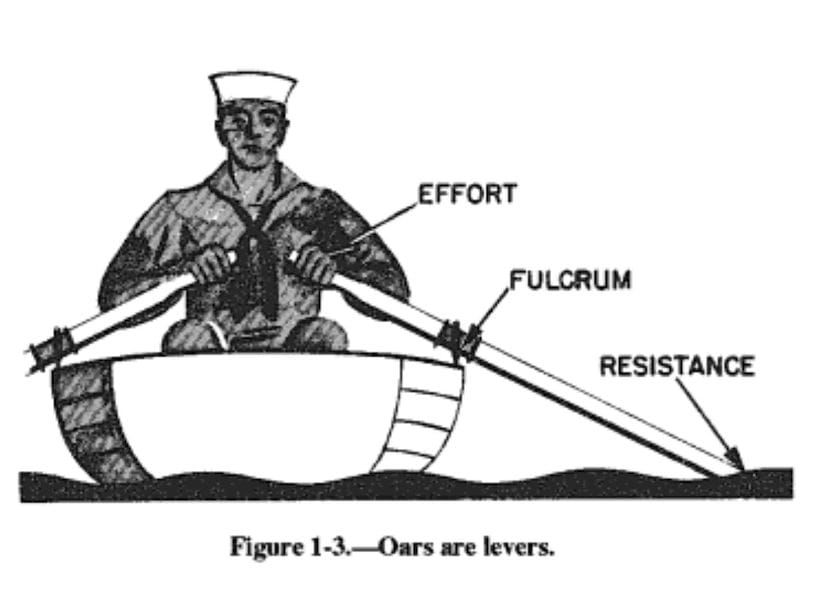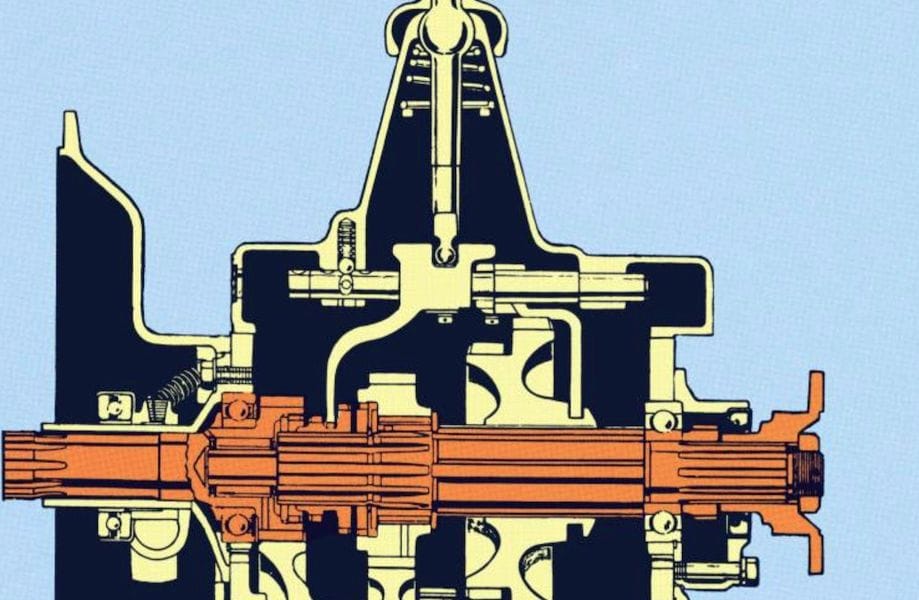
This week’s selection is “Basic Machines and How They Work” by the US Navy.
This short book is a very introductory tome on the most simple machines and mechanisms humans have discovered. The concepts portrayed include:
- Levers
- Block and Tackle
- Wheel and Axle
- Inclined Plane and Wedge
- Screw
- Gear
- Work
- Power
- Force and Pressure
- Hydrostatics and Hydraulics
- Machine Elements & Basic Mechanisms
- Internal Combustion Engine
- Power Trains
Trained engineers need not obtain this book, but it could be a tremendously simple introduction to basic and practical mechanisms, some of which are easily replicated on common 3D printers, if included in a project design.
I should note that this short 128 page book is not new; it was published in 1997, making it 21 years old. However, as old as this book might be, the mechanical concepts are eternal, some being invented literally millennia ago.

The book is published by the Naval Education And Training Program, presumably to indoctrinate new sailors into the world of engineering. However, there is a distinct naval flavor throughout this book, demonstrating the importance of physical mechanisms in naval business.
That is true for the Navy is also true for many other industries and applications, where machines perform useful tasks.
One particularly attractive target for this book’s content is children, who might absorb the straightforward concepts as a first step into the world of machine design – and eventually 3D printing.
Via Amazon

